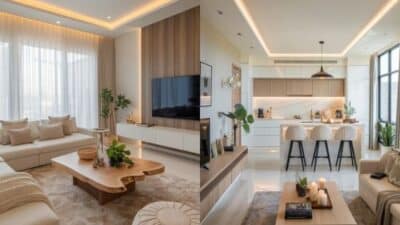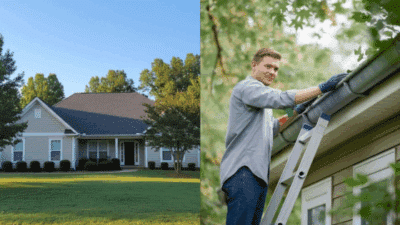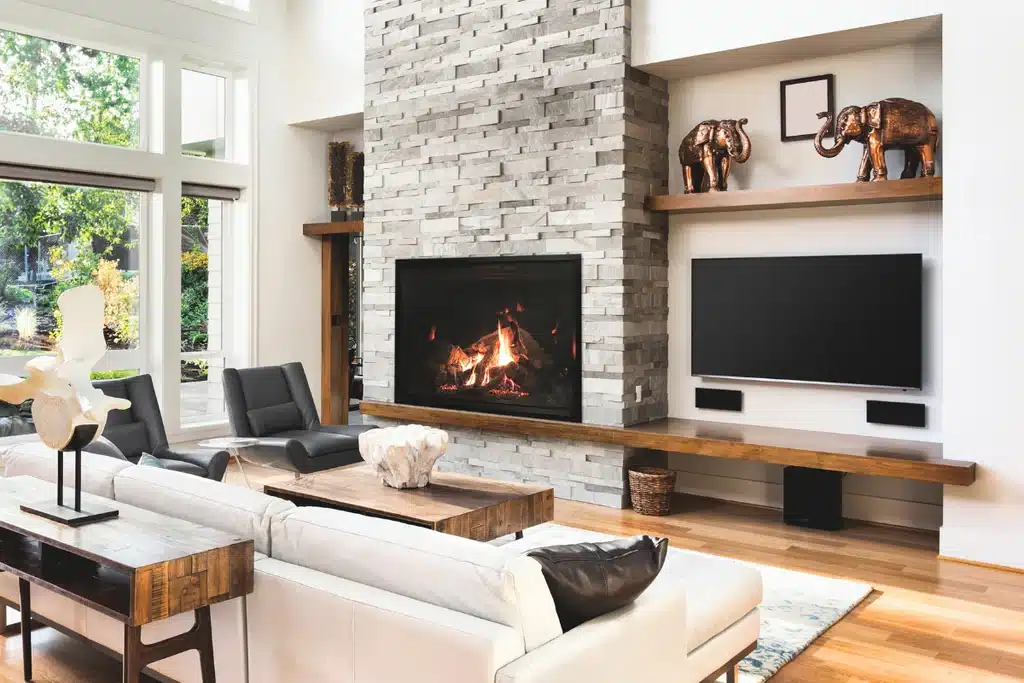
There’s something magical about walking into a home that instantly makes you want to kick off your shoes, pour a cup of tea, and settle in for the evening. It’s not just about expensive furniture or trendy décor—it’s about creating an environment that speaks to comfort, warmth, and genuine livability. As we spend more time at home, whether working remotely, entertaining friends, or simply unwinding after long days, the spaces we inhabit need to work harder for us. They need to be functional without feeling clinical, beautiful without being untouchable, and warm without being stuffy.
The real secret to a welcoming home isn’t found in a single design philosophy or a particular aesthetic trend. Instead, it comes from thoughtful choices about how we heat our spaces, where we gather, and what tools we surround ourselves with for daily living. These decisions layer upon each other, creating an atmosphere that feels intentional yet effortless. When you get these fundamentals right, everything else—the throw pillows, the art on the walls, the plants in the corners—becomes the cherry on top rather than the main event.
Rethinking How We Heat Our Homes

For generations, Australians have approached home heating as an afterthought, something to be dealt with when winter arrives rather than planned for year-round. We’ve grown accustomed to bulky heaters that blow dust around the room, electric systems that spike energy bills, or old-fashioned solutions that leave cold spots in corners while overheating the areas directly in front of them. But modern heating technology has evolved far beyond these clunky options, offering solutions that integrate seamlessly into your home’s design while providing consistent, comfortable warmth.
The key to effective home heating lies in understanding how heat actually moves through space. Traditional convection heaters work by warming air, which then rises and circulates—sometimes creating that uncomfortable phenomenon where your head feels toasty while your feet stay frozen. Radiant heating, on the other hand, works differently. It warms objects and people directly, much like how the sun heats your skin on a cool morning. This fundamental difference changes everything about how a space feels.
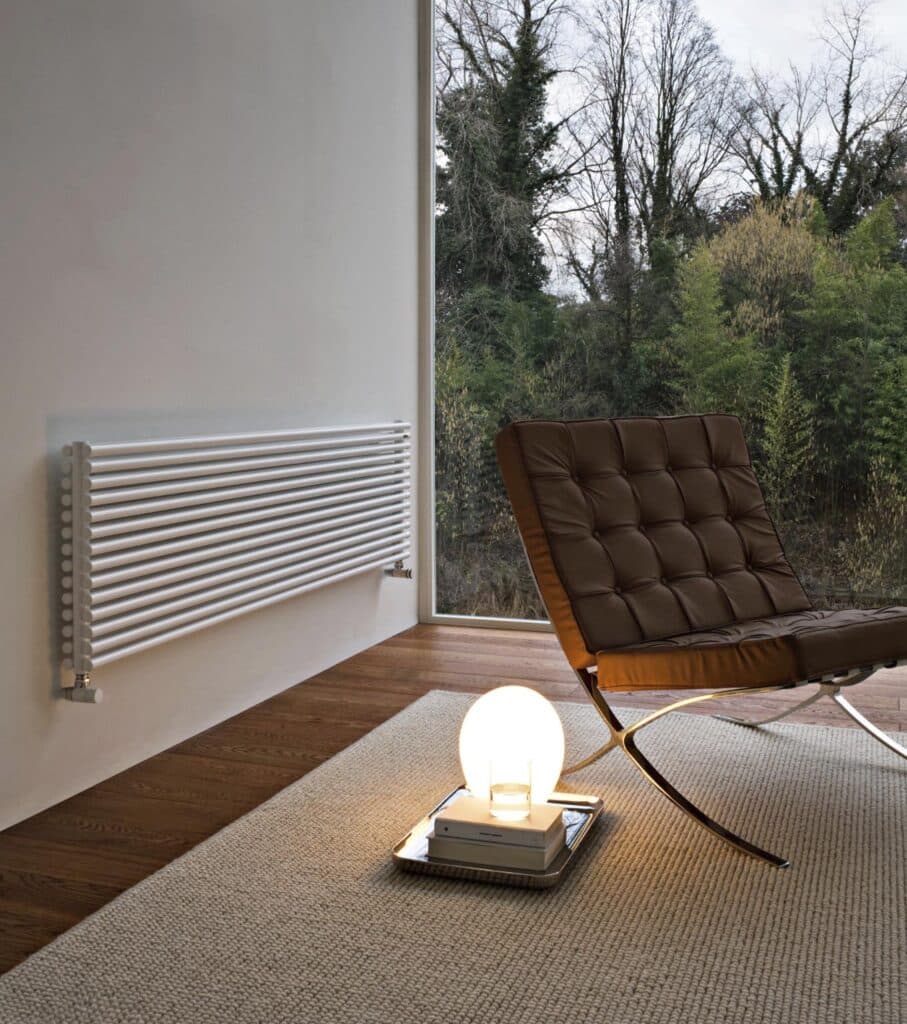
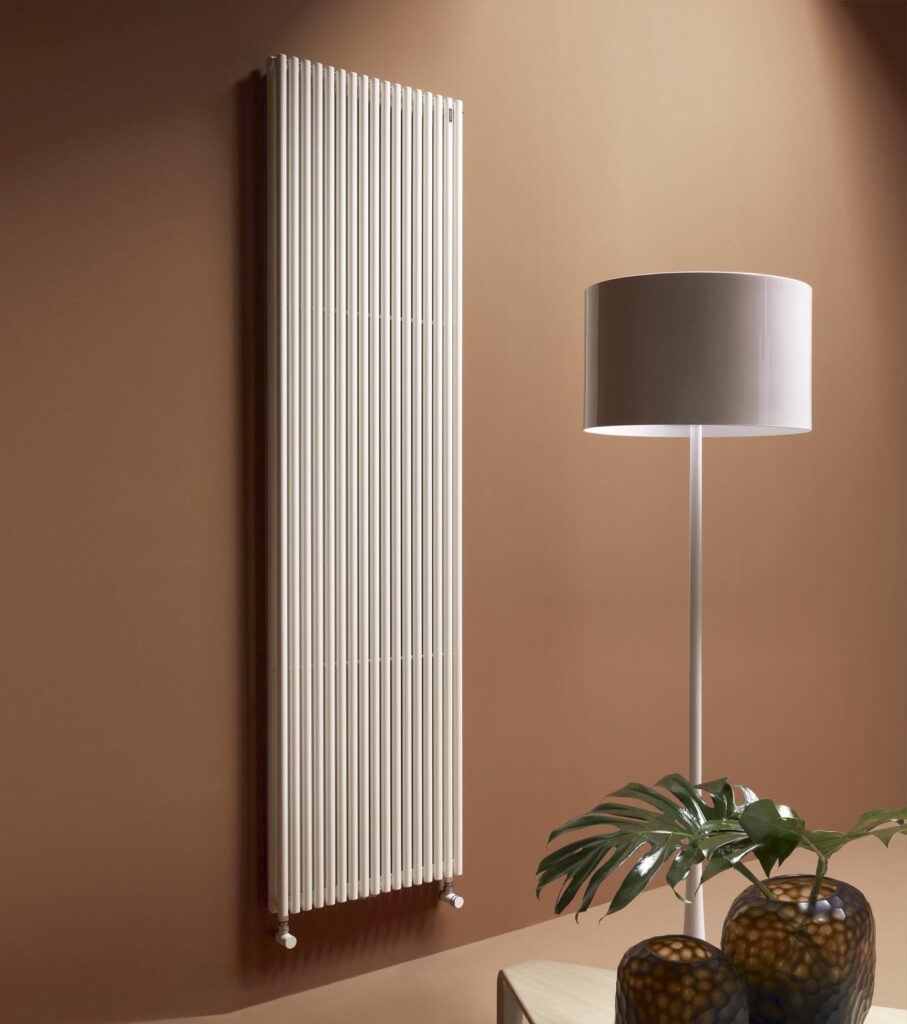
When you’re renovating or building, considering hydronic radiators opens up possibilities that forced-air systems simply can’t match. These systems circulate heated water through sealed panels, which then radiate warmth into the room. The heat feels gentle and enveloping rather than harsh and drying. There’s no noise, no blown dust, and no cold drafts. Perhaps most importantly, the warmth stays consistent throughout the entire space. You’re not constantly adjusting thermostats or moving between hot and cold zones within your own home.
Beyond comfort, there’s an aesthetic advantage that shouldn’t be overlooked. Modern radiator designs have come a long way from the clunky cast iron units of previous generations. Today’s options range from sleek vertical panels that become architectural features to low-profile units that tuck discreetly beneath windows. Some homeowners even use them as design statements, choosing metallic finishes or bold colors that complement their interior scheme. When your heating system enhances rather than detracts from your design vision, you’ve made a choice that serves multiple purposes.
The energy efficiency component deserves attention too. While the upfront investment in a hydronic system typically exceeds the cost of installing space heaters or reverse-cycle air conditioning, the long-term operational costs tell a different story. Water holds heat far more efficiently than air, meaning the system doesn’t have to work as hard to maintain comfortable temperatures. When connected to an efficient boiler or heat pump, these systems can significantly reduce heating costs over time. For environmentally conscious homeowners, this aligns perfectly with broader sustainability goals without requiring any sacrifice in comfort.
Gathering Spaces That Draw People In
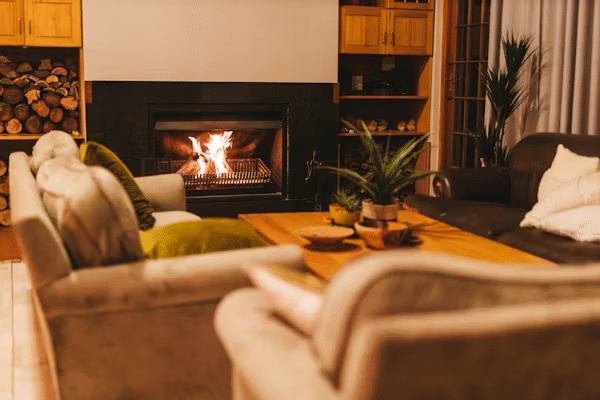
If the bedroom is where we retreat and the kitchen is where we nourish, then the living areas are where we connect. These are the spaces that define how we experience home alongside the people we care about—whether that’s family, close friends, or even just ourselves at the end of a long day. Creating a gathering space that actually gets used requires more than just arranging furniture around a television. It needs an anchor, a focal point that gives people a reason to settle in and stay awhile.
For many Australian homes, especially those in cooler regions or with proper winter seasons, a fireplace has traditionally served this role. There’s something primal about gathering around fire, something that transcends practical heating needs and taps into deeper human instincts. But traditional wood-burning fireplaces come with significant drawbacks—they require constant maintenance, produce smoke and ash, lose most of their heat up the chimney, and can’t be used in many modern apartments or townhouses due to regulations.
This is where contemporary gas fireplaces have revolutionized the concept of a living room hearth. The latest models offer realistic flame effects that rival the visual appeal of burning wood, but with none of the hassle. At the push of a button or a tap on your phone, you have instant warmth and ambiance. There’s no splitting logs, no dealing with ash, and no worrying about whether the fire is truly extinguished before bed. The convenience factor alone makes them attractive, but it’s the design flexibility that really sets them apart.
Modern gas fireplaces come in an astounding variety of configurations. Linear units that stretch horizontally across a wall create a modern, gallery-like feel. Double-sided models can separate spaces while maintaining visual connection between rooms. Corner units make use of otherwise awkward architectural features. Some designs even allow for outdoor installation, extending your living space into courtyards or covered patios. This flexibility means you’re not locked into a single design vision—the fireplace can adapt to your space rather than forcing your space to adapt to it.
The heat output from gas fireplaces has improved dramatically as well. Early models were more about ambiance than actual heating, but current technology delivers substantial warmth to surrounding areas. Many include fans or heat exchangers that help distribute warmth more effectively, meaning your fireplace can genuinely contribute to your home’s overall heating strategy rather than serving purely decorative purposes. For open-plan living areas, this makes a significant difference in comfort levels throughout the space.
Safety considerations make gas options particularly appealing for families with young children or pets. There are no flying embers, no hot ash to be cleaned out, and many models include cool-touch glass or protective screens. The flames are contained and controlled, eliminating worries about sparks on carpets or curious hands reaching toward burning logs. This peace of mind allows everyone to relax and enjoy the warmth without constant vigilance.
The Kitchen: Where Comfort Becomes Tangible
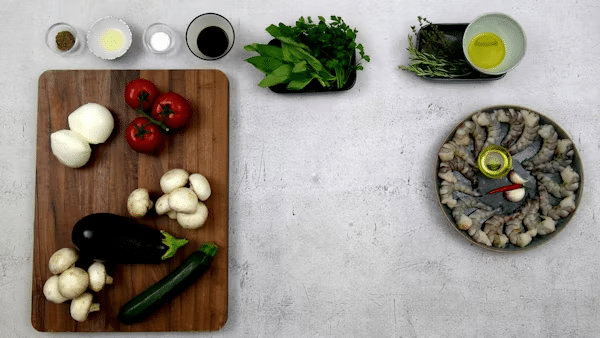
While heating systems and fireplaces create physical warmth, there’s another kind of comfort that comes from the kitchen—the smell of something delicious simmering on the stove, the satisfaction of creating a meal from scratch, the ritual of preparing food as a form of care for yourself and others. In many ways, the kitchen represents the emotional heart of a home, the place where we not only feed bodies but also nurture relationships and create memories.
The tools we use in the kitchen profoundly affect our experience there. Cheap, flimsy cookware turns cooking into a frustrating chore. You’re constantly adjusting heat, dealing with hot spots, watching food stick or burn. But quality cookware transforms the experience entirely, making even simple meals feel like an accomplishment worth savoring. This is where investing in pieces that will last for decades makes sense, both financially and practically.
There’s a reason professional chefs and home cooking enthusiasts consistently reach for certain types of cookware. Enamel cast iron cookware combines the superior heat retention and even cooking properties of cast iron with a smooth, non-reactive enamel coating that eliminates the maintenance concerns of traditional cast iron. You can cook acidic foods like tomato sauces without worrying about metallic flavors. The enamel coating means no seasoning required, and cleanup becomes straightforward rather than a production.
The thermal properties of cast iron matter more than many people realize. When you place a pan on a heat source, cast iron slowly absorbs that energy and holds it steadily. This means your cooking temperature stays consistent even when you add cold ingredients to the pan—crucial for getting a proper sear on meat or maintaining the right temperature for sautéing vegetables. The thick walls distribute heat evenly across the bottom and up the sides, virtually eliminating hot spots that cause burning in some areas while leaving other parts undercooked.
From a design perspective, quality enamel cast iron has earned its place as countertop-worthy cookware. The rich colors and classic shapes look beautiful whether hanging from a pot rack, displayed on open shelving, or sitting on a stovetop. Many people use these pieces as serving vessels too, bringing a pot of stew or a freshly baked crusty bread straight from oven to table. This versatility means fewer dishes to wash and a more casual, inviting presentation that encourages people to help themselves and relax.
The longevity factor cannot be overstated. A well-made cast iron piece can literally last generations if cared for properly. We’re not talking about cookware that needs replacing every few years when the non-stick coating wears out or the handles loosen. This is the kind of investment that becomes part of your kitchen’s story—the pot you learned to make your grandmother’s recipe in, the pan that cooked Sunday breakfasts for your kids, the dutch oven that made countless winter stews. That connection to continuity, to cooking methods that have worked for centuries, adds depth to the everyday act of preparing meals.
Layering Comfort: How These Elements Work Together
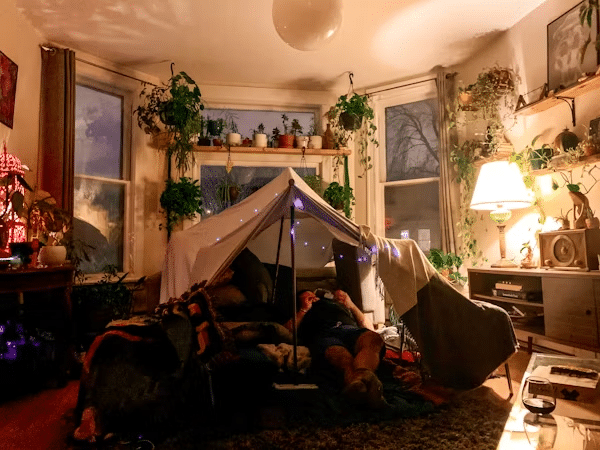
The real magic happens when these different components of home comfort start working in concert. It’s not about any single element—it’s about how thoughtful choices in heating, gathering spaces, and daily-use items create a cohesive experience that makes your home genuinely better to live in.
Consider a typical winter evening. You come home after a long day, and instead of walking into a cold house, you’re greeted by the gentle ambient warmth from your heating system. The temperature is consistent throughout—no shocking differences between rooms, no need to huddle near a heater. You can move freely through your space in comfort. You settle into your living area, perhaps lighting the fireplace with a simple button press. The flames provide visual warmth and a focal point that makes the room feel inviting and alive.
Then you move to the kitchen to prepare dinner. Using quality cookware turns the task from a chore into something approaching meditation—the steady sizzle of ingredients, the way everything cooks evenly, the satisfaction of watching simple components transform into something nourishing. When dinner is ready, you can bring the pot directly to the table, serve from it family-style, and enjoy the meal in a space that feels warm, comfortable, and completely your own.
This layering of comfort elements creates what interior designers call “hygge” or what we might simply think of as coziness that goes deeper than surface aesthetics. It’s about functionality serving beauty, about practical choices that enhance daily life rather than complicating it. When your heating system works silently in the background, when your fireplace adds ambiance without demanding constant attention, when your cookware makes meal preparation pleasant rather than frustrating—that’s when you’ve achieved something special.
The investment in these foundational elements also provides surprising flexibility for other design choices. When you know your heating is sorted, you can choose flooring based purely on aesthetics rather than thermal properties. When your fireplace serves as a built-in focal point, you don’t need to manufacture one through furniture arrangement or elaborate gallery walls. When your cookware is beautiful enough to display, you can embrace open shelving or hanging storage that adds character to your kitchen. Quality foundations give you freedom in the details.
Creating Your Personal Sanctuary
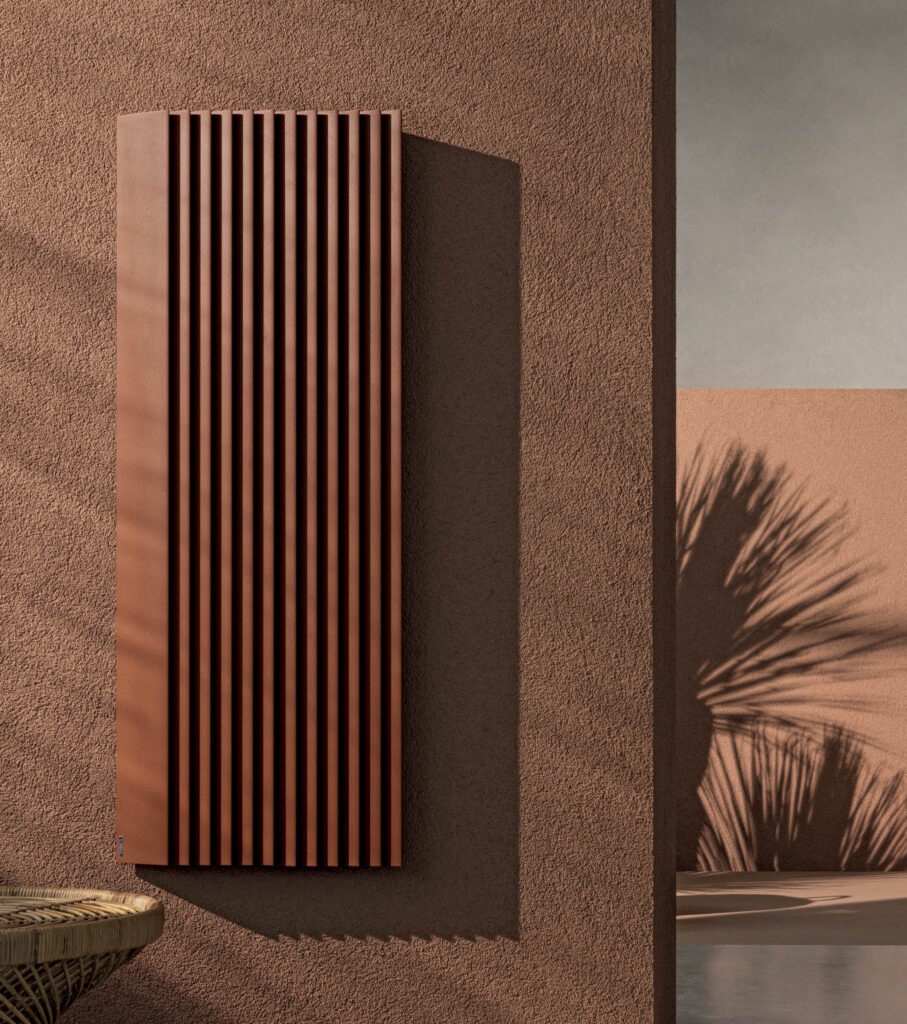
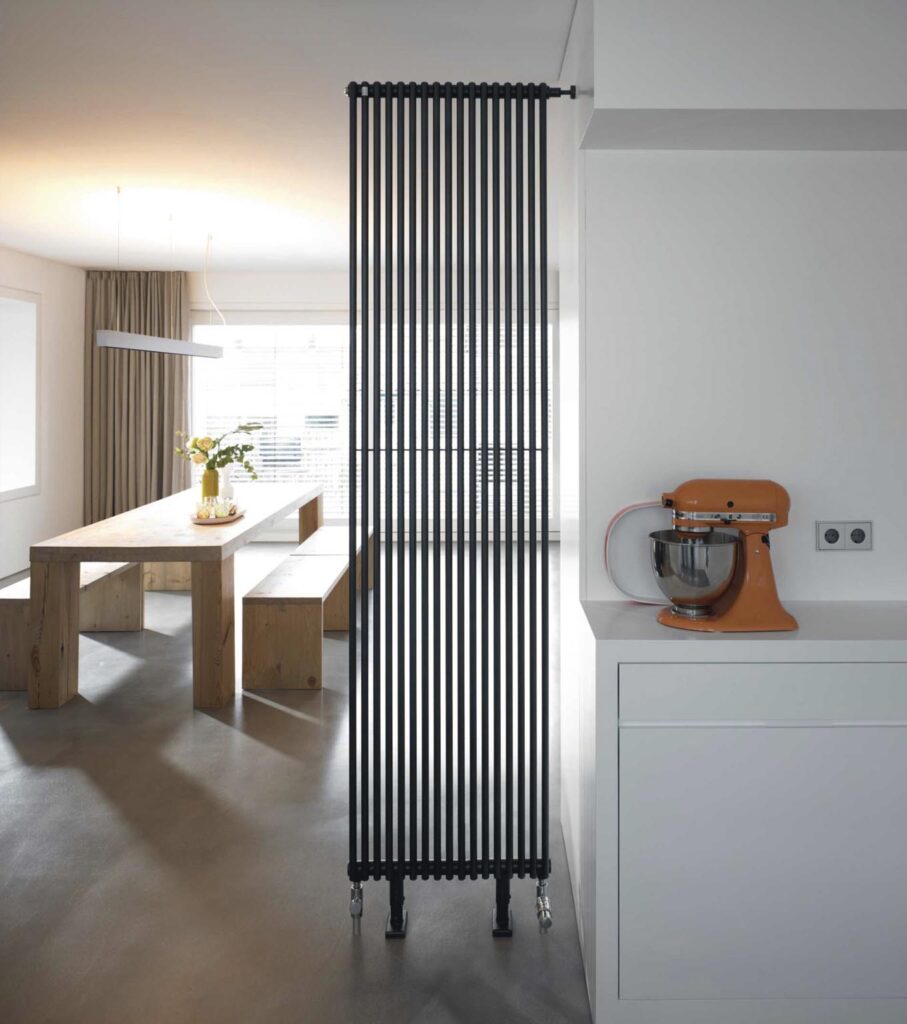
Transforming a house into a home that truly embraces you doesn’t require a complete renovation or unlimited budget. It requires thoughtful consideration of how you actually live in your space and which upgrades will have the most meaningful impact on your daily experience. Start by identifying the gaps in your current comfort—are you constantly cold in certain rooms? Does your living area feel uninviting? Is cooking a frustration rather than a pleasure?
Once you’ve identified your priorities, approach improvements systematically. If heating is your primary concern, research options that work within your home’s structure and your budget. If gathering spaces feel lacking, consider what would make them more magnetic—often it’s a single strong focal point like a fireplace rather than dozens of small decorative items. If the kitchen feels like a battleground, invest in a few pieces of truly good cookware rather than filling drawers with mediocre tools you’ll never love using.
The beauty of focusing on these foundational comfort elements is that they keep working for you year after year. Unlike trendy décor that dates quickly or surface-level updates that don’t change the actual livability of your space, investments in quality heating, thoughtful gathering areas, and proper kitchen tools compound their value over time. They make every day a little better, every season a little more enjoyable, every gathering a little more memorable.
Your home should be the place where you feel most yourself—comfortable, relaxed, and completely at ease. By making intentional choices about the elements that create physical and emotional warmth, you’re not just decorating a space. You’re crafting an environment that supports your well-being, nurtures your relationships, and reminds you every day why home truly is wherever you feel most at peace. That’s worth far more than any passing design trend could ever provide.
- 0shares
- Facebook0
- Pinterest0
- Twitter0
